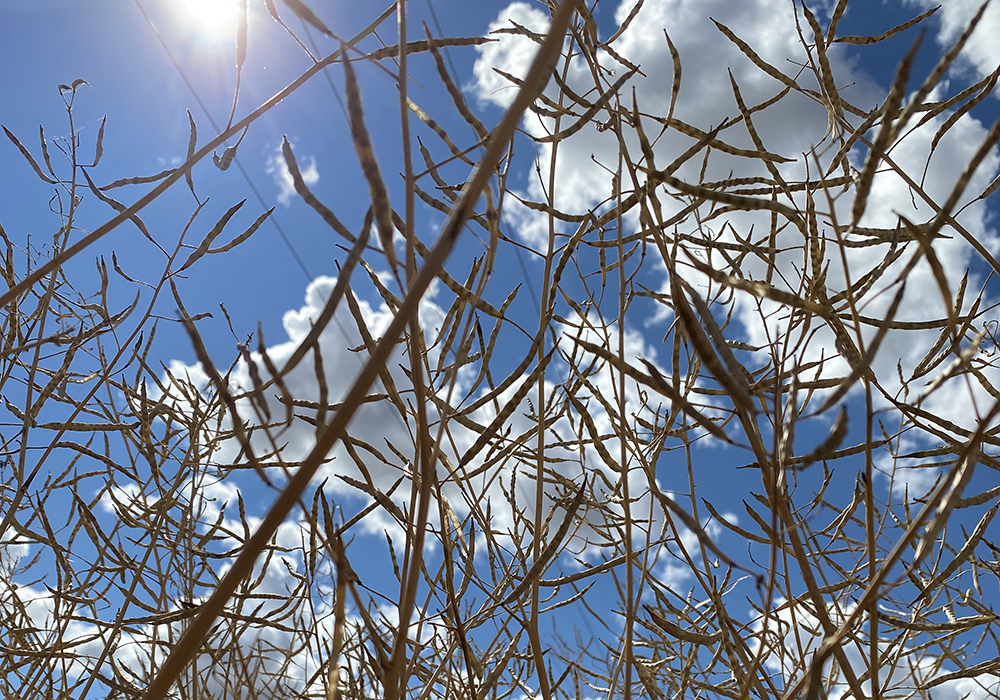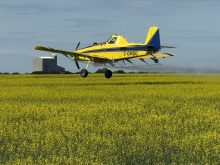Saskatchewan’s general farm organization has recommended changes to AgriStability to enhance participation and compensation.
The Agricultural Producers Association of Saskatchewan’s policy framework task force suggests a claims-free benefit of increased margin coverage, for example two percent, for every year of participation without a payment. Chair Bill Prybylski said this would go up to a maximum of 85 percent of historical reference margin.
Compensation would also increase each year, regardless of payment history, up to a maximum of 80 percent.
“It will definitely help mixed farmers. One of the criticisms of AgriStability is that it doesn’t really work for mixed farmers; it’s almost like being self-insured because the two enterprises offset each other.”
Read Also

Bunge’s crop mix is changing
Bunge has predominantly been a soybean processing firm, but that’s about to change after the merger with Viterra with softseed processing and grain merchandising gaining ground.
He agreed the removal of the reference margin limit last year did help.
“But we felt that this is just one more way of improving the program to make it a little more robust and a little more responsive.”
The task force made 19 recommendations which it presented to federal and provincial agriculture ministers in April. Officials are expected to meet in May to hammer out the details. Ministers will meet in July to sign off on the framework ahead of the April 1, 2023, implementation.
Other recommendations related to AgriStability include treating crop insurance indemnities as eligible income, increasing transparency while reducing complexity, and a permanent provision for interim payments of 75 percent.
Several recommendations deal with new entrants, such as establishing AgriStability reference margins based on 125 percent of an area average until they can establish their own reference margins and allowing new entrants to contribute more to kickstart their AgriInvest accounts.
The task force said the current requirement for provincial governments to request AgriRecovery results in “uneven application of the program between provinces for the same event and impact.”
It recommended this program rely more on objective and predictable mechanisms to trigger it.
AgriRecovery programs should be followed by a risk prevention and mitigation review each time one is triggered, the task force said.
In line with provincial and national cattle organizations, the APAS task force said premiums for livestock price insurance should be cost-shared.
The next framework’s programs will include environmental aspects and Prybylski said the overall envelope must be properly funded.
“There’s been no increase to the budget for many, many years. It hasn’t even kept up with inflation and the increased risks.”
Prybylski said the recommendations have been passed on to other farm organizations through the Canadian Federation of Agriculture. He hopes governments consider them.
“We have no way of knowing what the different levels of government are thinking, but we think they’re doable.”
He also said farmers want a normal growing season with good returns from the marketplace, but they have to have backstop programs they know they can count on.
The full list of recommendations can be found at apas.ca.
















